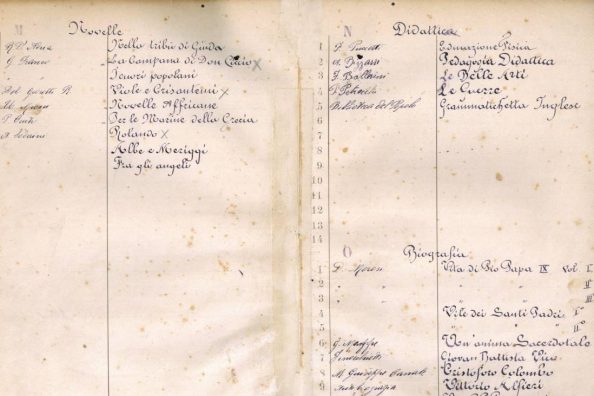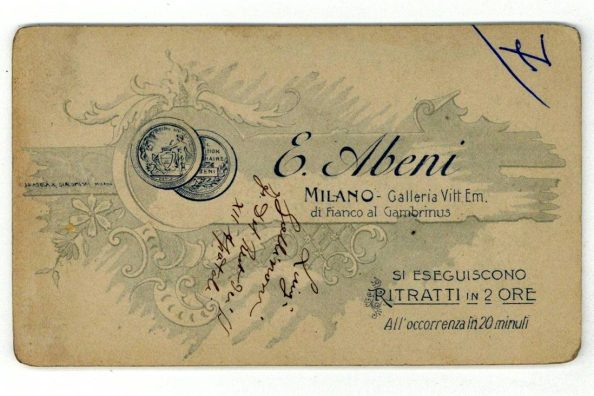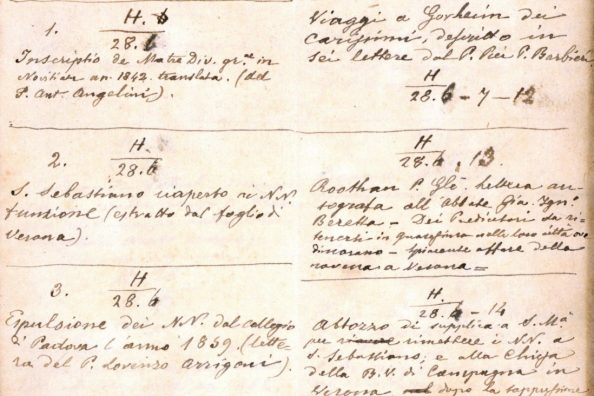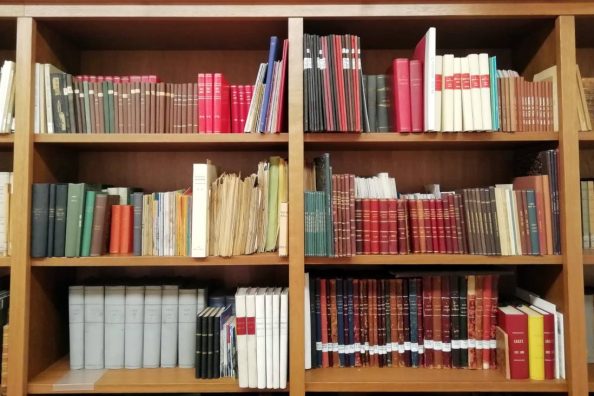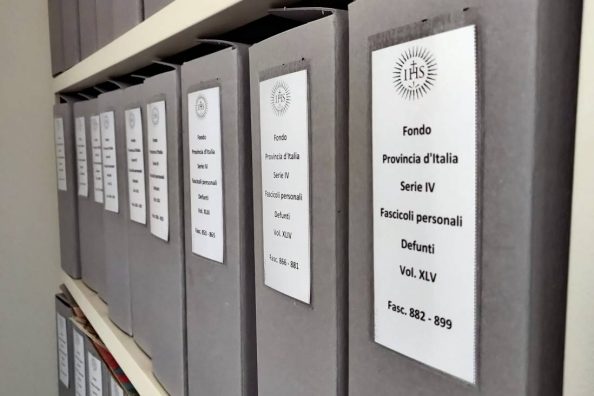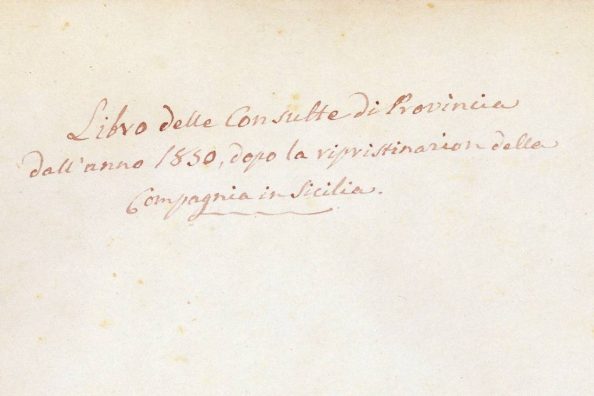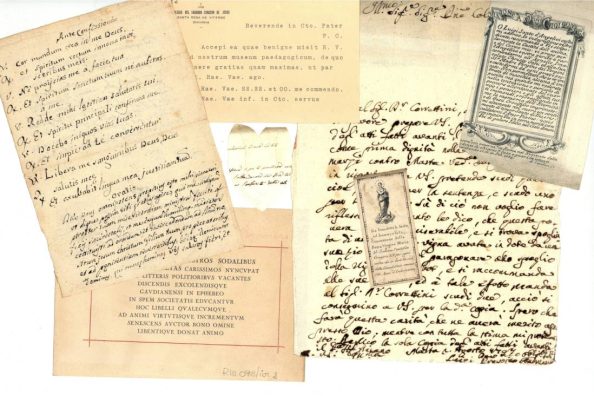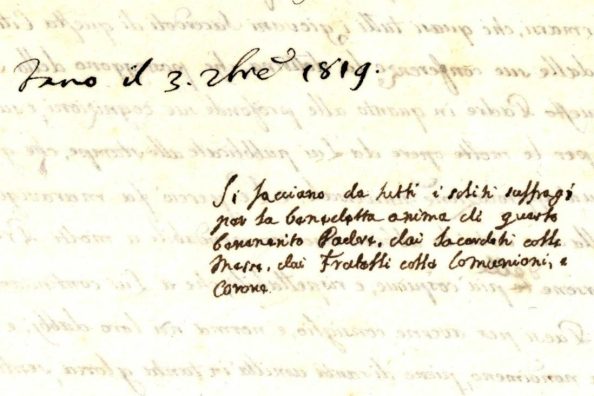When document rhymes with food: the predators of the archive
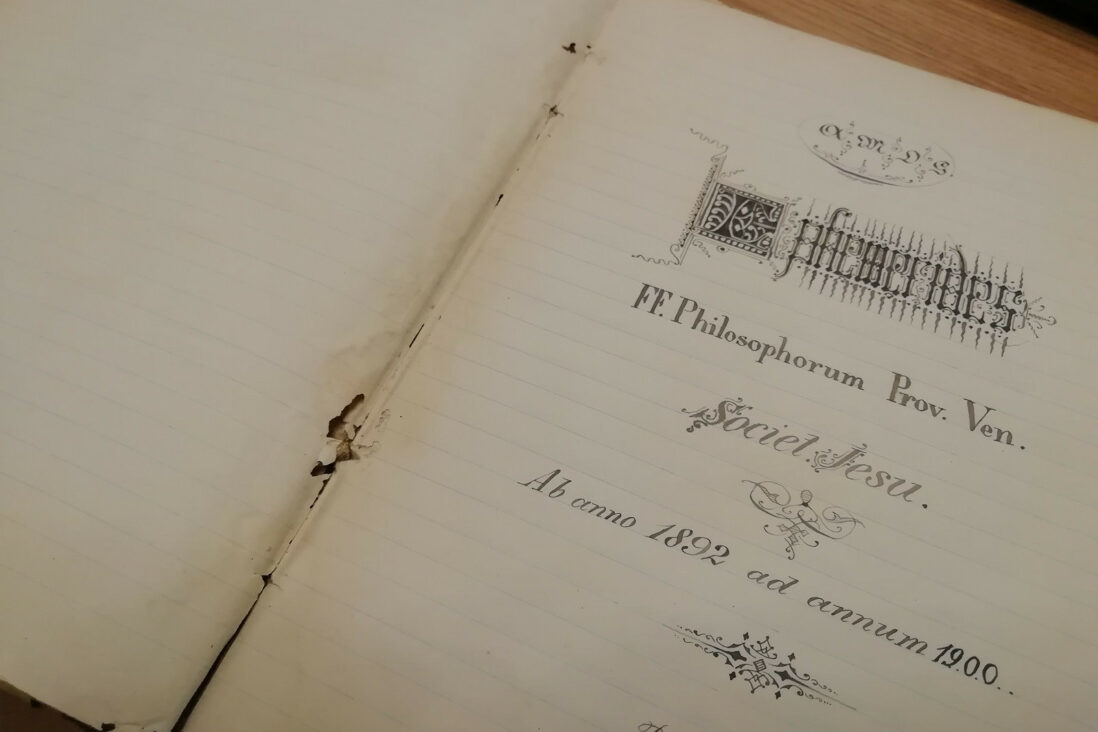
Discovering the fauna that may inhabit an archive, or at least have scampered among the papers in the past.
Archives coexist – not very peacefully – with various animal species, which regard archival collections simply as food: a huge larder at their disposal. In most cases, these are animals that have only left the trace of their passage and are no longer physically present in the archive.
The so-called silverfish, which only have the diminutive in their name, cause frights in the unsuspecting archivist who has just opened a file and sees one crossing her file and desk. They are insects that are harmless to humans, but consider papers a particularly comfortable habitat. Mice, which fortunately do not inhabit our archives, may have passed through the places that historically housed the papers in the past and left obvious traces of gnawing and biting. More infesting are moths, insects that are greedy for wood but also for paper and great burrowers of holes.
In fact, it is not uncommon for nineteenth-century documentation, particularly rich in fibres, to look as if it has been exposed to a pellet gun, so riddled and pierced does it appear, or for there to be tunnels within the registers, this being the typical vandalistic effect of the passage of such insects.
A beginning of a tunnel is visible in the photo, a damage that characterises one of the home diaries, the one in Portorè, but which is found quite frequently, in this case the damage also affected several pages after the title page. Between one page and the next one can always find a crushed spider or mummified insects.
All this, of course, does not reach the eyes and hands of researchers, as the archivist’s work functions as a filter: during the reordering and description of documents, it is the archivist’s job to remove any ‘organic residues’ and to assess the possibility of restoration work for the most damaged documentation. In most cases, holes and bites do not compromise the usability of the source.
In ancient times one of the best strategies adopted for disinfesting archives was the so-called archival cat, the faithful feline could keep away rats and kill a few insects, today standards of cleaning, sanitisation and control have retired the archival cat to more comfortable homes.
The joys of the archivist fortunately far outweigh these more entomological aspects! Today the most dangerous animal for archival documentation is man, who can – intentionally or unintentionally – cause far more damage than the rest of the fauna analysed so far.
Maria Macchi

